15 Historical Battles That Shaped Modern Borders
Our world has been shaped through many battles which have shaped or redrawn maps and borders – the effects often still felt to this day.
From more ancient conflicts to modern warfare, these battles not only determined military victories, but sometimes the destiny of nations. Here’s a list of 15 historical battles that shaped modern borders.
Battle of Waterloo (1815)
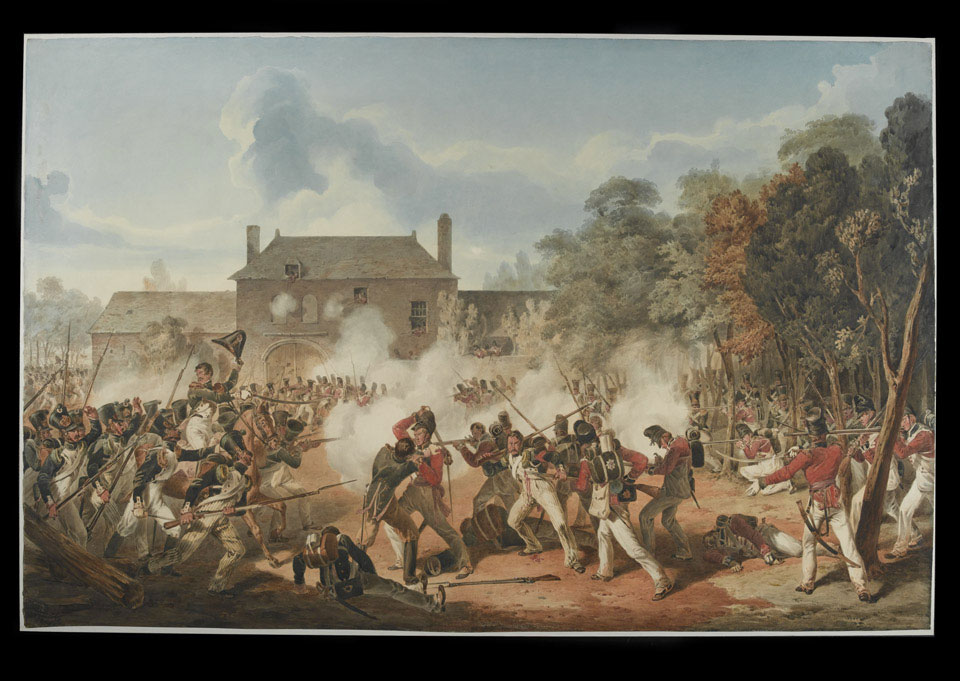
Napoleon’s final defeat near Brussels fundamentally reshaped European borders through the subsequent Congress of Vienna. This pivotal battle led to the creation of the United Kingdom of the Netherlands, established modern Belgium’s borders, and reorganized the German states.
The post-Waterloo settlement created boundaries and political arrangements that still influence European geography today.
Battle of Yorktown (1781)
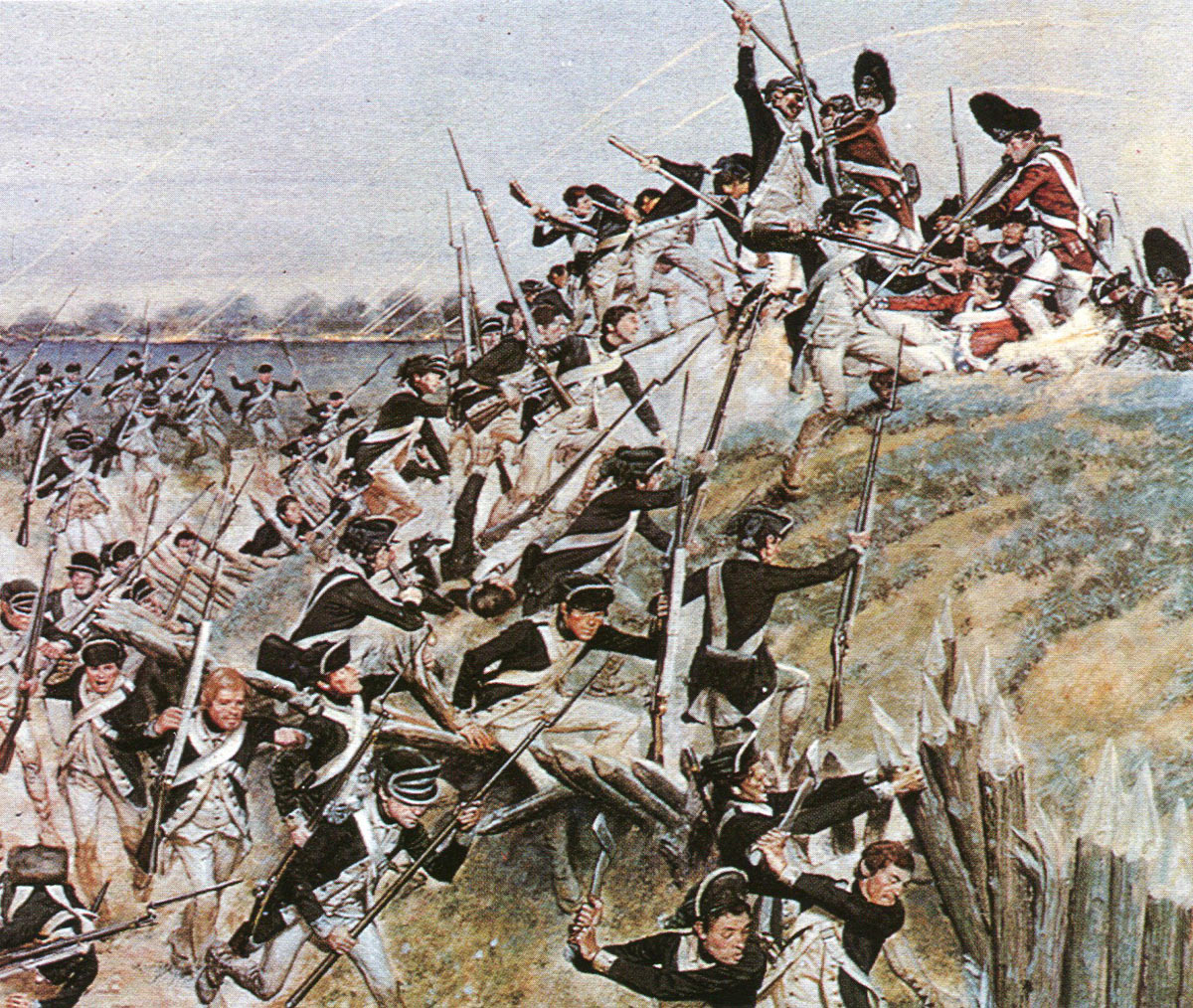
The decisive American victory at Yorktown effectively ended the American Revolution and established the original borders of the United States. The battle forced Britain to recognize American independence in the Treaty of Paris, establishing the Mississippi River as America’s western boundary.
This engagement laid the foundation for the modern United States’ territorial expansion.
Like Go2Tutors’s content? Follow us on MSN.
Battle of Plassey (1757)
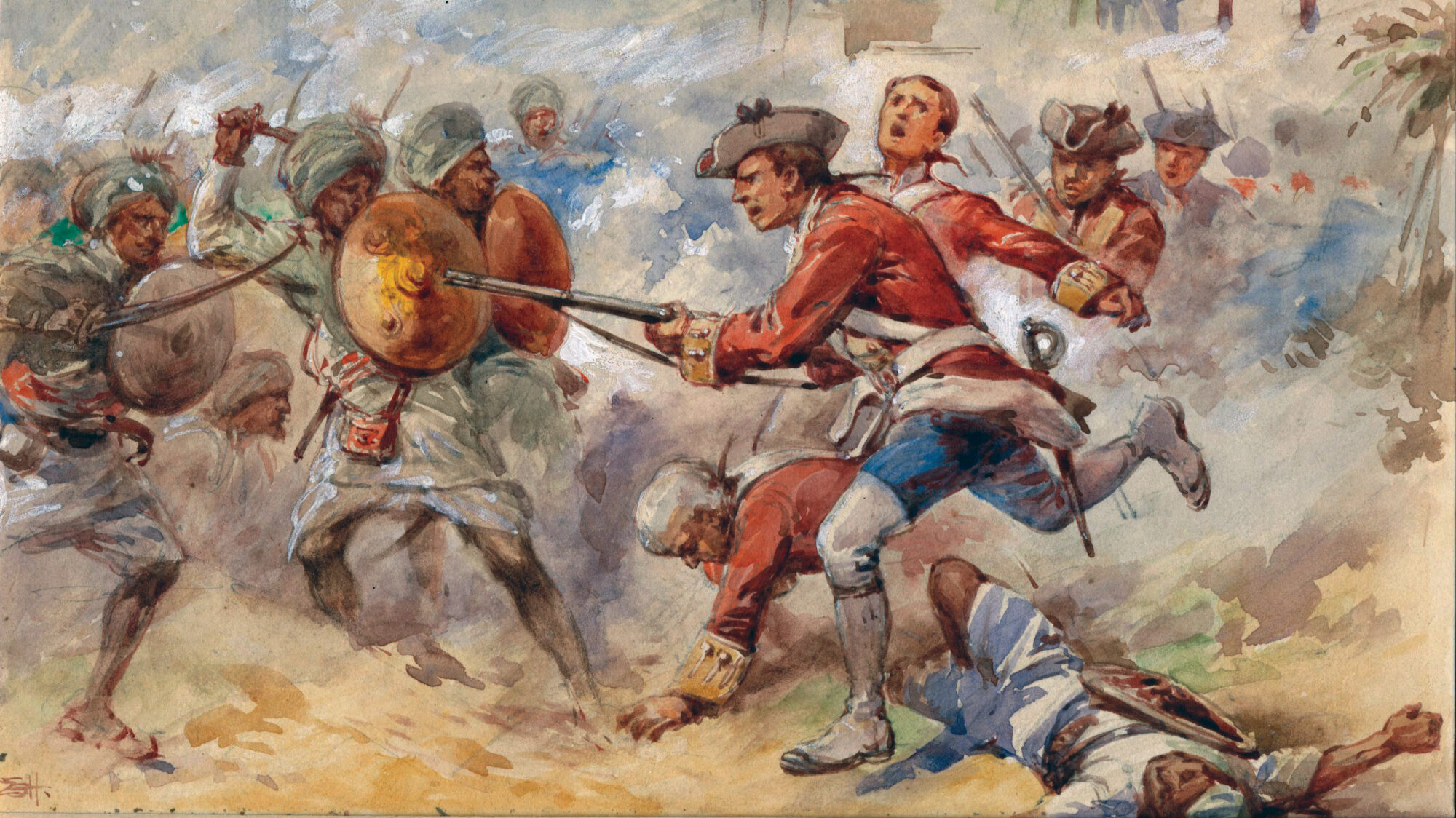
This pivotal battle established British dominance in Bengal and marked the beginning of British colonial rule in India. The East India Company’s victory led to territorial divisions that would later influence the borders of modern India, Pakistan, and Bangladesh.
Many of today’s South Asian boundaries can be traced to administrative divisions established after this battle.
Battle of Sekigahara (1600)
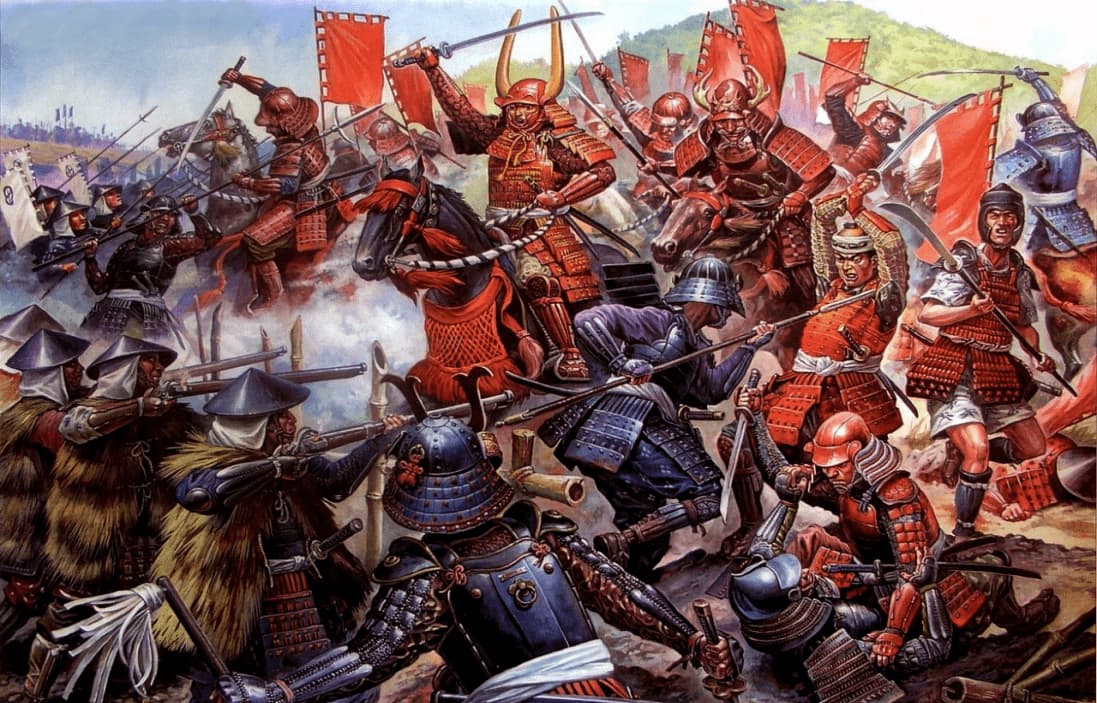
The unification of Japan under Tokugawa Ieyasu following this battle established internal provincial boundaries that influenced modern Japanese prefectures. This decisive engagement ended the Sengoku period and created a political structure that would shape Japan’s internal divisions for centuries.
Many current administrative boundaries reflect territorial arrangements from this period.
Battle of Vienna (1683)

The Ottoman Empire’s defeat at Vienna marked the beginning of their retreat from Central Europe. This battle prevented Ottoman expansion and preserved the Habsburg Empire’s territories, ultimately influencing modern Austrian, Hungarian, and Balkan borders.
The subsequent Treaty of Karlowitz established boundaries that still partially define southeastern European nations.
Like Go2Tutors’s content? Follow us on MSN.
Battle of Quebec (1759)
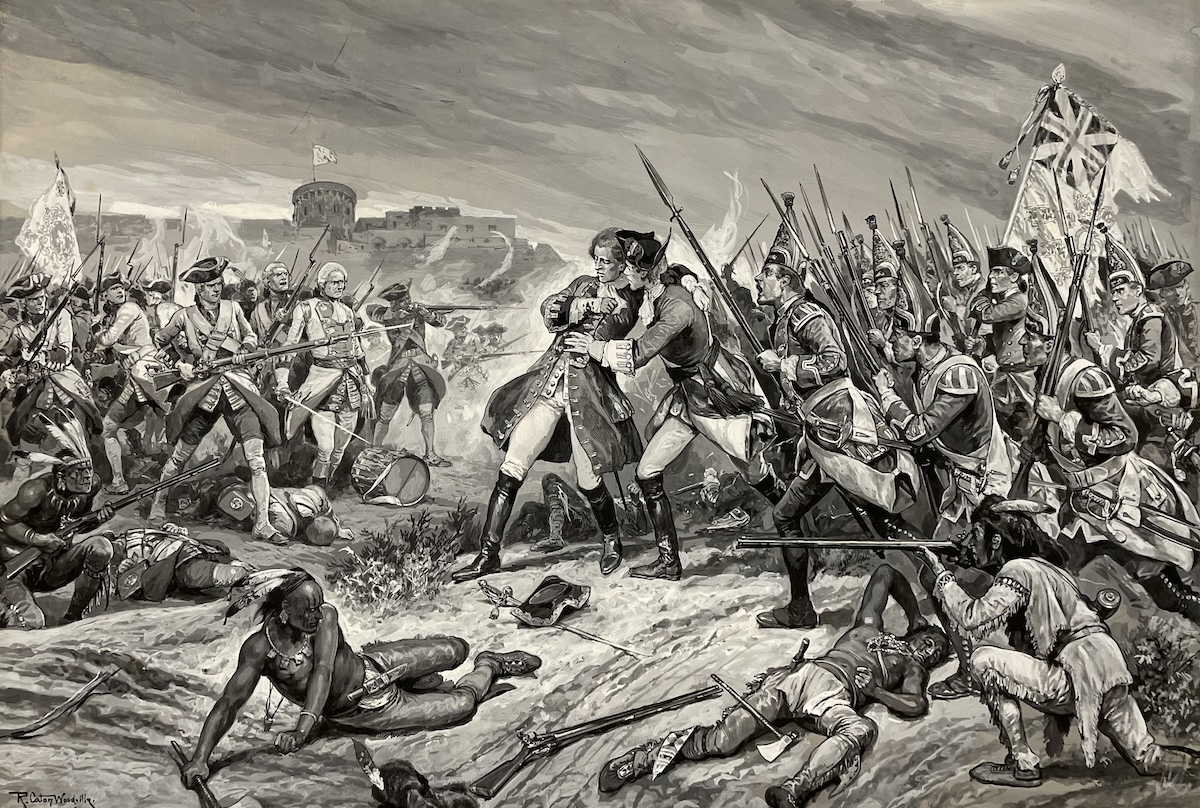
The British victory on the Plains of Abraham determined North America’s linguistic and cultural boundaries. This engagement secured British control of Canada and established a French-English divide that persists in modern Canada.
The battle’s outcome continues to influence Canadian provincial boundaries and cultural regions.
Battle of Adwa (1896)

Ethiopia’s victory over Italy preserved its independence and established boundaries that largely endure today. This battle marked the first decisive defeat of a European power by an African army, securing Ethiopia’s borders against colonial partition.
The victory ensured Ethiopia’s unique status and territorial integrity through the colonial era.
Battle of Boyacá (1819)
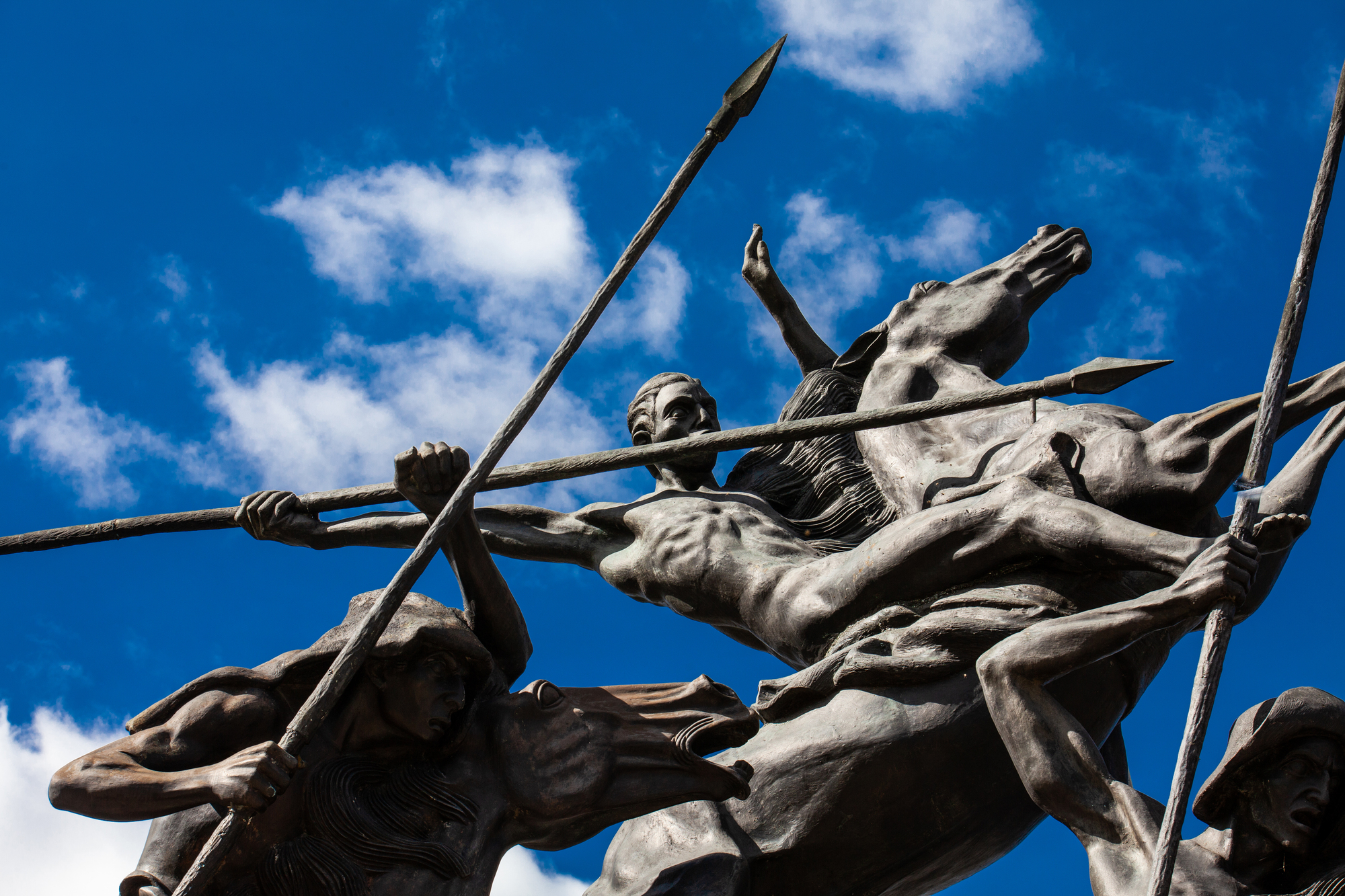
Simón Bolívar’s victory in this battle secured Colombian independence and influenced the borders of several modern South American nations. The engagement led to the creation of Gran Colombia, whose subsequent dissolution established the current boundaries of Colombia, Venezuela, and Ecuador.
These borders remain largely unchanged since the 19th century.
Like Go2Tutors’s content? Follow us on MSN.
Battle of San Jacinto (1836)
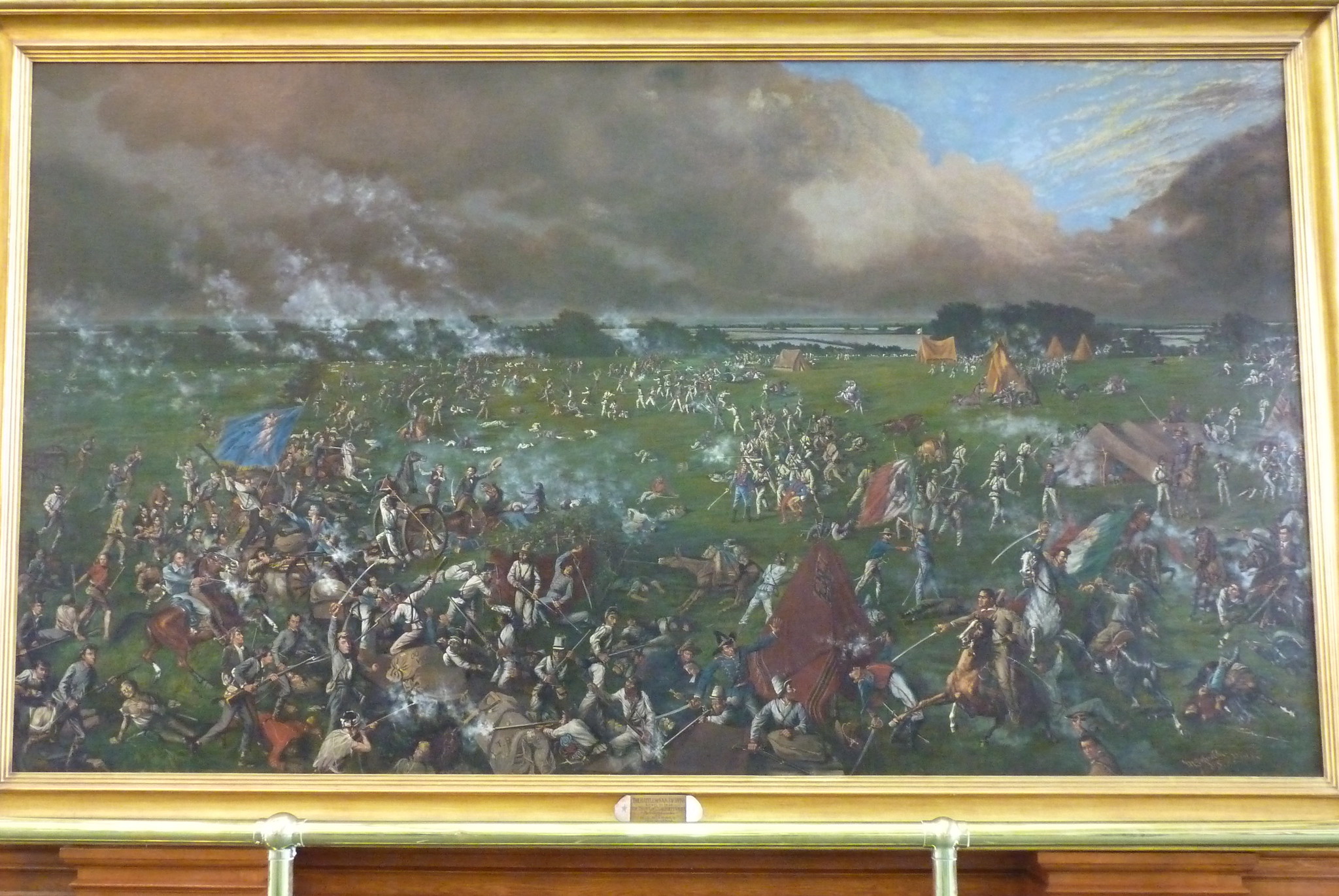
This brief but decisive battle secured Texas independence from Mexico and ultimately influenced the modern U.S.-Mexico border. The victory led to Texas’s admission to the United States and contributed to the war that established the Rio Grande as an international boundary.
The battle’s territorial consequences remain visible in current North American borders.
Battle of Königgrätz (1866)
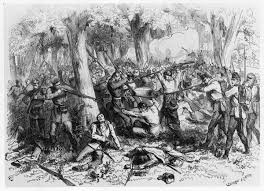
Prussia’s victory over Austria reshaped Central European boundaries and led to German unification. This battle eliminated Austrian influence over German states and established Prussian dominance, leading to modern Germany’s formation.
The subsequent political reorganization influenced the current borders between Germany, Austria, and the Czech Republic.
Battle of Sedan (1870)
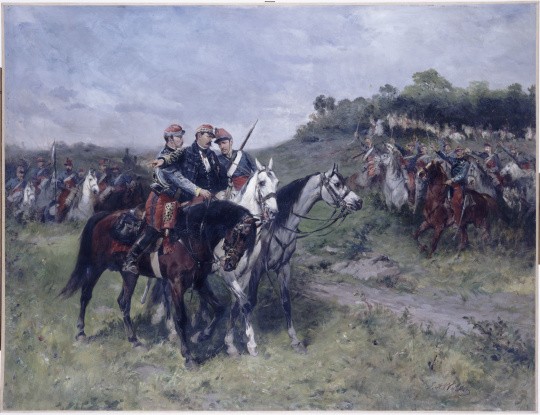
The Prussian victory over France led to German unification and established the Franco-German border that largely persists today. This battle resulted in the creation of the German Empire and the loss of Alsace-Lorraine to Germany, territorial changes that would influence both World Wars.
The modern Franco-German border reflects these historical events.
Like Go2Tutors’s content? Follow us on MSN.
Battle of Kosovo (1389)
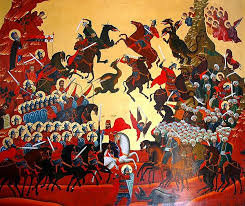
Though ending in a military stalemate, this battle established enduring cultural and territorial divisions in the Balkans. The engagement between Serbian and Ottoman forces created boundaries that influenced the region’s ethnic and religious geography.
These divisions continue to shape modern Balkan borders and regional politics.
Battle of Marston Moor (1644)

This English Civil War battle helped establish the modern relationship between England and Scotland. The Parliamentary victory influenced the development of British political unity and eventual territorial integration.
The battle’s outcomes contributed to the formation of the United Kingdom and its internal boundaries.
Battle of Zama (202 BCE)
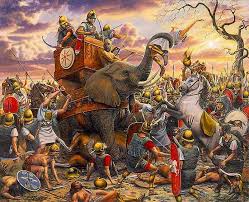
Rome’s victory over Carthage established its dominance over the western Mediterranean, influencing regional boundaries for centuries. This battle led to territorial divisions that would affect the development of North African and Southern European borders.
Some modern Mediterranean coastal boundaries reflect these ancient divisions.
Like Go2Tutors’s content? Follow us on MSN.
Battle of Khalkhin Gol (1939)
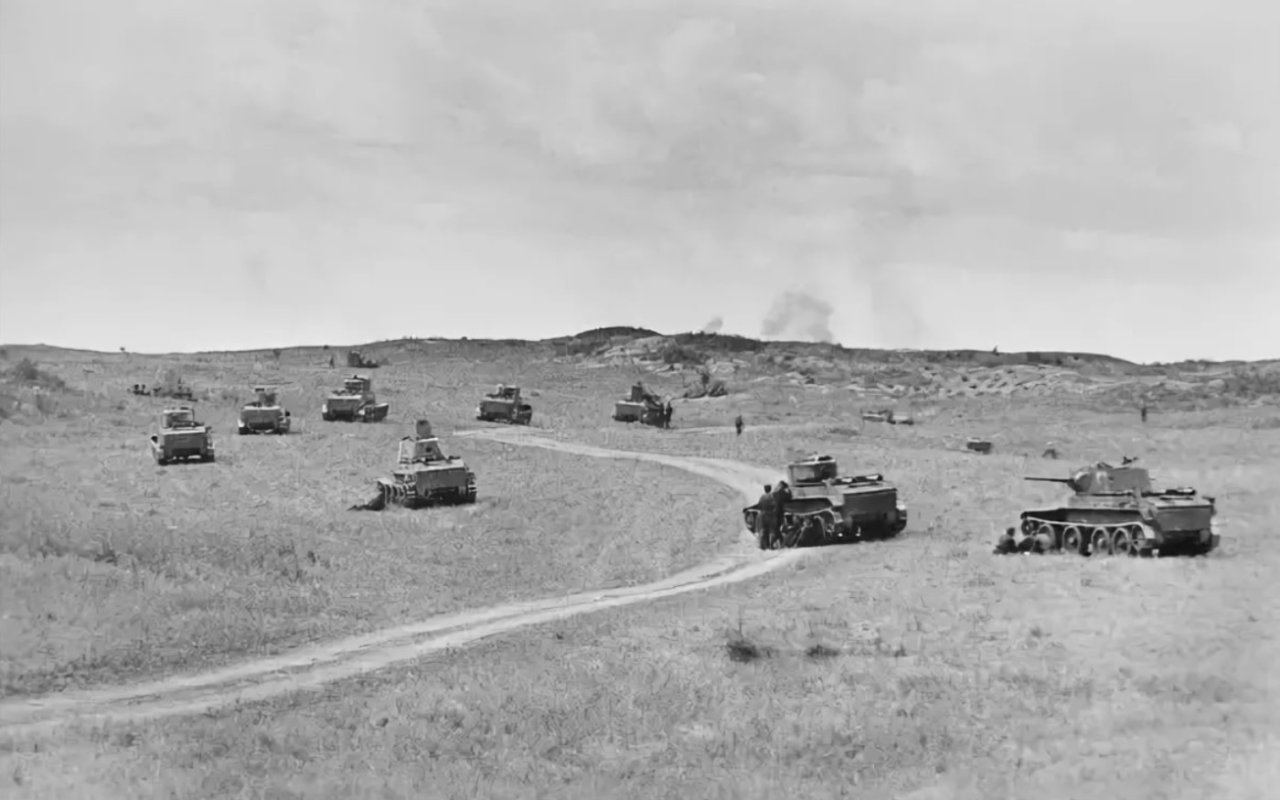
This lesser-known battle between Soviet and Japanese forces established the modern borders between Mongolia, Russia, and China. The decisive Soviet victory fixed Mongolia’s eastern border and influenced Japan’s decision to expand southward rather than northward.
These boundaries remain largely unchanged in contemporary East Asia.
Beyond the Battlefield
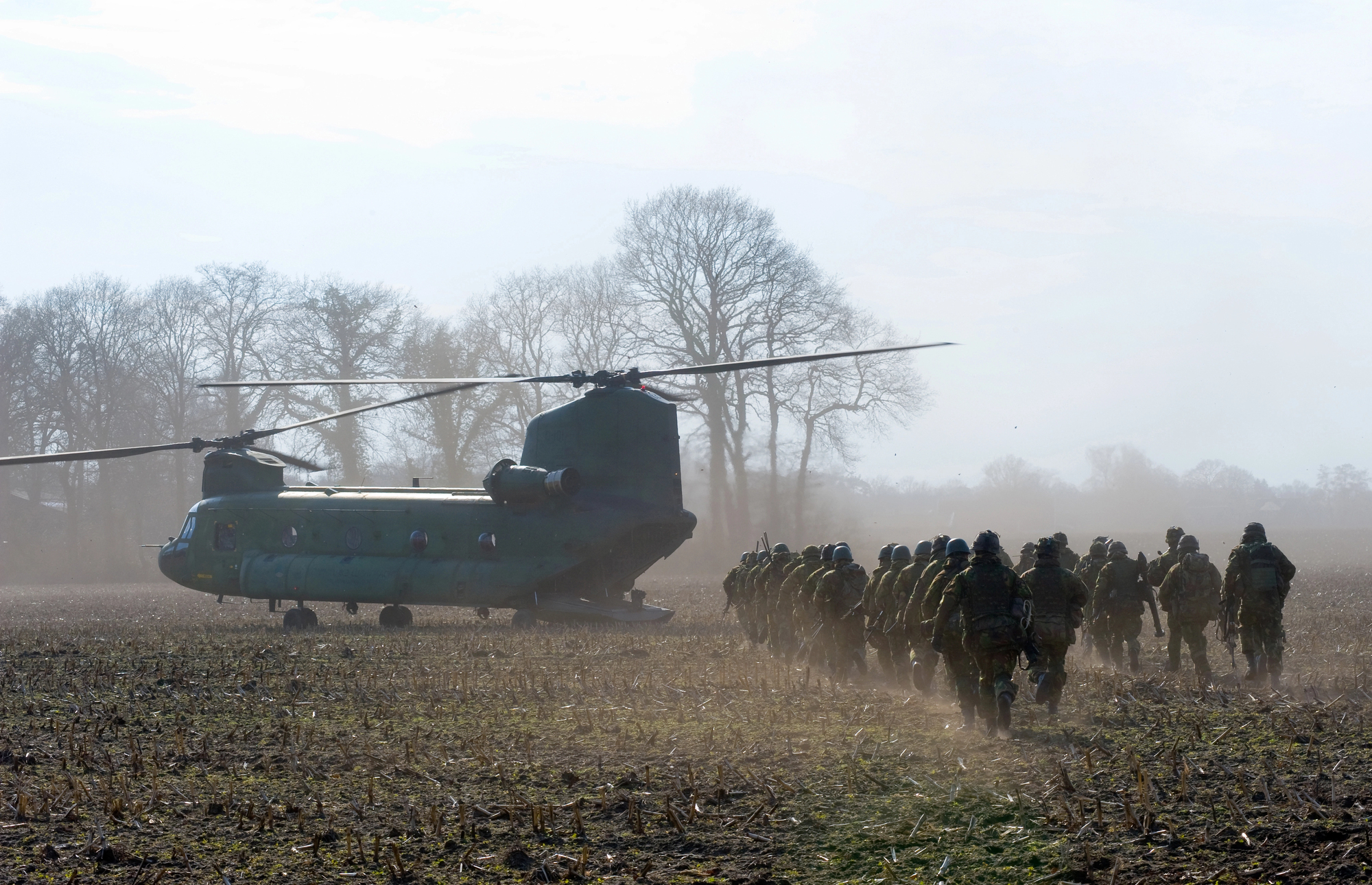
The effects and impact of these battles extended way beyond their immediate outcomes. Modern international borders, regional identities, and ongoing territorial disputes all reflect the lasting impact of these historic battles.
Understanding these conflicts helps explain why the world is the way it is today.
More from Go2Tutors!

- Famous Battles: How Much Do You Really Know About U.S. History?
- Top 5 Most Important Skills, According To Harvard Business School
- How Well Do You Know 90s Pop Culture? Take the Quiz
- Master the Art of Public Speaking with These Expert Tips
- Think You Know Capitals? Put Your Knowledge to the Test
Like Go2Tutors’s content? Follow us on MSN.



